Top 10 World worst dictators Seen in the History
Top 10 World worst dictators Seen in the History
Updated on August 16, 2022 19:59 PM by Andrew Koschiev
Numerous political and military figures have earned a bad reputation for their cruel policies, harsh treatment of citizens, and violent (and occasionally genocidal) campaigns throughout the course of world history. As of 2022, there are a few tyrants who stand out among the others in terms of their ruthlessness, disposition, and contempt for human life. The 10 worst dictators in history, from Ivan "the Terrible" to Genghis Khan, are discussed and ranked in this essay. It gives a brief summary of each leader's policies and different practices.

For the scope and aims of this work, a number of fundamental criteria were required in order to identify (and rank) the worst dictators in history. It is crucial to remember that the following dictators were all chosen for our list based on their penchant for cruelty and bloodshed. This was significant to take into account because some early dictators were merciless in their pursuit of power despite being responsible for fewer deaths than more contemporary leaders.
As a result, the addition of this criterion made it possible to evaluate more people who are ordinarily left off of traditional lists. Finally, and perhaps most critically, the selection method also took into account the total number of fatalities that occurred under each regime. Genocidal acts and murderous campaigns are frequently the key signs of a regime's brutality and ferocity.
Also Read: Epicurus: His philosophical spectrum gave society new doors of opportunities to think differently
Here are the 10 top worst dictators seen in the history
1. Ivan the Terrible
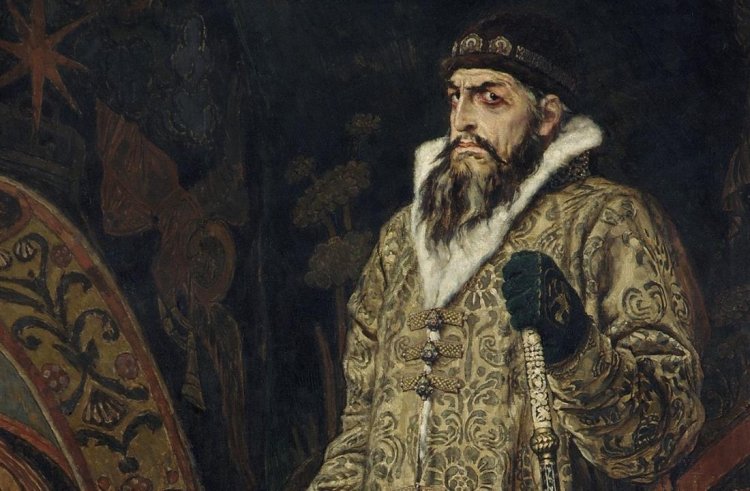
The notorious Ivan IV, also referred to as Ivan the Terrible, was the first grand prince of Moscow to declare himself Tsar of all Russia, and he ruled for almost 37 years before his demise. Ivan, the son of Vasili III, was placed in a position of authority at an early age when he was named grand prince at the age of three (following the unexpected death of his father). Ivan, who was surrounded by a group of reformers known as the Chosen Council, soon seized power and, by the age of 16, had made Moscow the most important state in his new kingdom. Ivan consolidated enormous sums of authority into his hands during his reign, which saw Moscow change from a medieval monarchy to an empire. However, at the time of his death in 1584, the Rurik Dynasty had collapsed and the "Time of Troubles" that followed his successors had begun due to his poor leadership and ruthless character. He is also one of the worst dictators in history.
Add Block
2. Vlad the Impaler
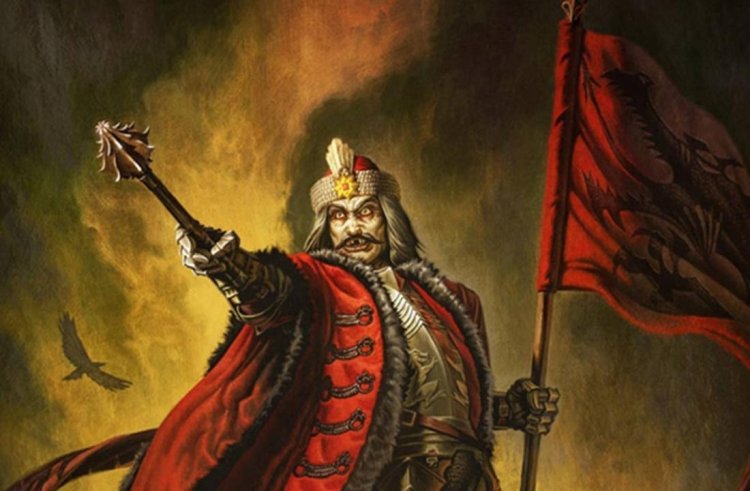
Three times between 1448 and 1477, the notorious Vlad III (also known as "Vlad the Impaler" or "Vlad Dracula") served as the Volvode of Wallachia (in what is now modern-day Romania). Vlad III, the second son of Vlad Dracul, got his nickname after assuming power in the late 1440s and later served as the model for Bram Stoker's Dracula. When faced with the extreme divide within his realm, Vlad became fixated on bringing order to the land, which had been torn asunder by warring boyars for many years. Vlad used the most brutal methods to seize control of Wallachia in order to correct the problem (and maintain his position of power), establishing peace and stability by intimidating and frightening potential rivals. Despite the brutality of his deeds, he is now regarded as a national hero of Romania for having overthrown the Ottoman Empire and other rival dynasties. These setbacks were crucial to his victory because they allowed him to win complete independence from Hungary and reclaim territory that had been given to Transylvania.
Also Read: The worst fire in Cuba's history! The oil depot is brought fire under control after five days
3. Idi Amin
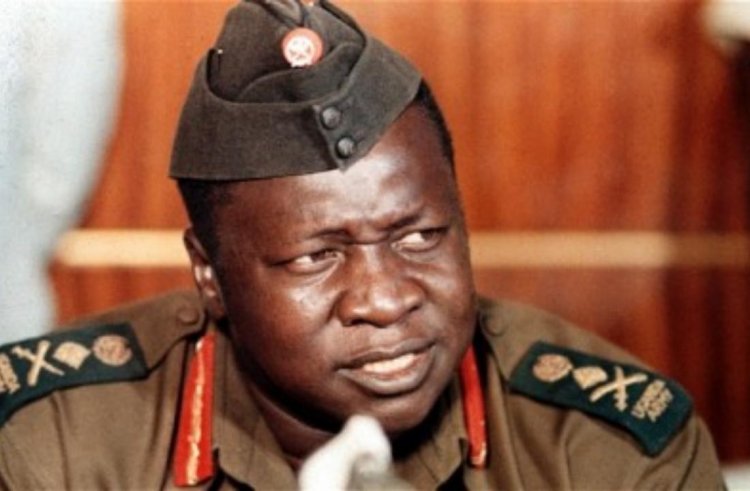
Between 1971 through 1979, Idi Amin, a military officer from Uganda, served as Uganda's third president. Amin, who was born in 1925 to Koboko and Kakwa parents, ascended to power through his service in the British Colonial Army. Before Uganda's independence in 1962, he had attained the rank of Lieutenant. Amin continued to advance in the army after joining it, and it took him only three years to obtain the much sought-after title of Commander of the Uganda Military. However, Amin attempted a coup d'etat in 1971 as soon as he became aware of a plan to have him arrested, ousting President Milton Obote and installing himself as the de facto ruler of the Ugandan populace. Amin changed Uganda's pro-Western position during his rule in order to support Soviet objectives in the area. He launched a number of brutal attacks on certain ethnic groups and political dissidents to stabilize his authority with support from the Soviet Union. Nevertheless, his rule was short-lived because he was overthrown in 1979.
Add Block
4. Saddam Hussain
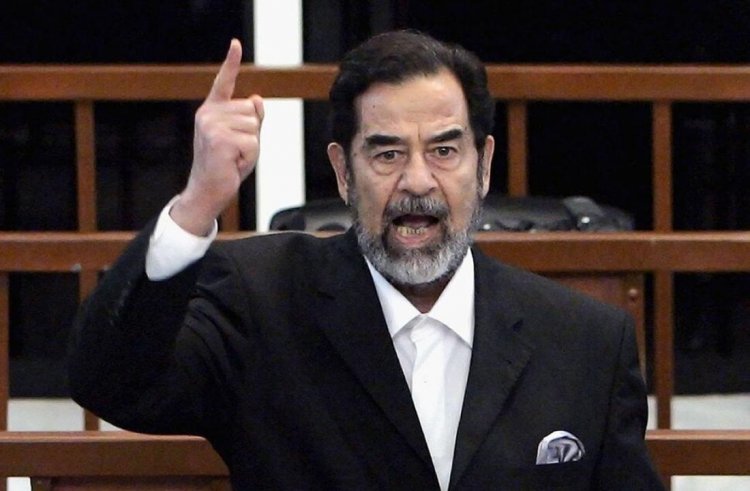
Between 1979 through 2003, the fifth president of Iraq was one of the worst dictators Saddam Hussein. Leading the revolutionary group known as the "Arab Socialist Ba'ath Party" (which promoted both Arab nationalism and socialism), Saddam first gained control of Iraq in the 1968 coup that gave his party control of the country. As vice president to General Ahmed Hassan al-Bakr at first, Saddam moved fast to seize control for himself by establishing obedient security forces, nationalizing Iraqi oil, and seizing independent banks. On July 16, 1979, Saddam (with the aid of his security forces) forced al-Bakr to retire. He then swiftly seized power in Iraq, plunging it into decades of savage conflict, instability, and destruction. Saddam Hussein was forcibly removed from office by an American-led coalition in 2003 following two different wars with the United States (which left Iraq in ruins) and a catastrophic war with Iran. Later, he was apprehended, tried for his various crimes against humanity, and put to death in 2006.
Add Block
5. Pol Pot

Between 1976 through 1979, the notorious Pol Pot, a Cambodian rebel (and later politician), was prime minister of that country. Pol Pot, a prominent figure in the communist organization known as the Khmer Rouge, is categorized as a Marxist-Leninist in his political beliefs (as well as a Khmer nationalist). He even managed to hold the position of General Secretary of the Communist Party of Kampuchea between 1963 and 1981. Soon after assuming power, Pol Pot played a significant role in making Cambodia a one-party state. He ordered the forcible transfer of Cambodia's urban inhabitants to the countryside, where they were subsequently mandated to work on collective farms as part of his efforts to establish an agricultural socialist society (which, in his opinion, was a necessary step towards becoming a communist state). Pol Pot, who was known for his disregard for human life, later expelled significant portions of the Cambodian populace before being overthrown by the Vietnamese Army in 1978. Even though Pol Pot's soldiers fought the newly-installed Marxist-Leninist regime for several decades, ill health eventually compelled him to relinquish many of his leadership positions. In 1998, he passed away.
Also Read: A History of International Cat Day August 8- 2022, Date, and Importance
6. Leopold II
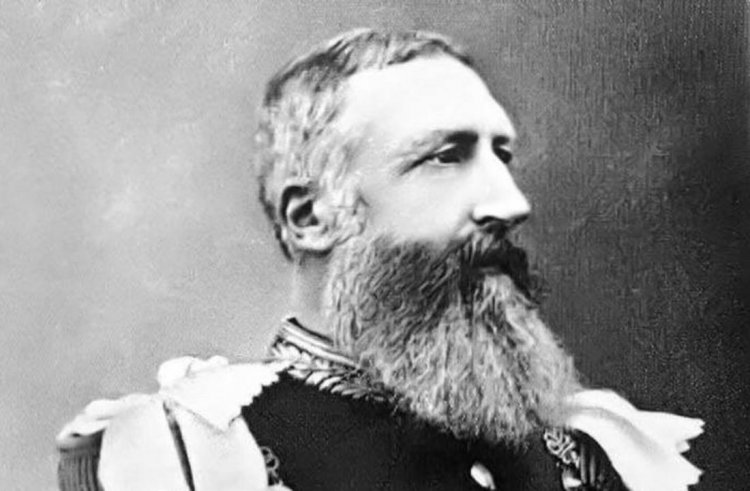
From 1865 through 1909, Leopold II, the second monarch of Belgium, ruled as king. Leopold II, who was born in Brussels to Leopold I and Louise of Orleans, succeeded to the throne at age 30 (after the passing of his father) and ruled his country for 44 years (making him the longest-reigning monarch in Belgian history). Leopold tried to keep up with other European nations' imperialistic goals after seizing control of Belgium by seizing power and founding the Congo Free State (in the modern-day Democratic Republic of the Congo). Leopold claimed over 770,000 square kilometers of land, hoping to build a colony there to increase Belgium's fame and fortune on the international scene (all in the name of humanitarianism and supposed philanthropy). However, when Leopold II launched some of the cruelest and most inhumane actions against the Congolese people ever documented in human history, the endeavor quickly turned into a vicious and exploitative enterprise. Given the massive amount of harm (and suffering) he had caused, his impact on the Congo by the time of his death in 1909 was both catastrophic and heartbreaking.
Also Read: The bloodiest incidents in History which has the highest number of casualties
Add Block
7. Adolf Hitler
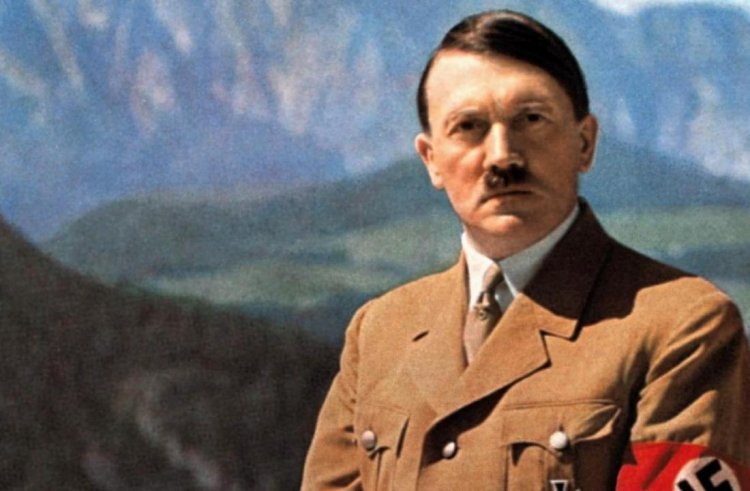
Nazi Germany was ruled by the notorious Adolf Hitler, an Austrian-born autocrat, from 1933 until 1945. Hitler utilized the humiliating German defeat in the First World War to whip up the populace into a ferocious and angry frenzy when he first came to power in the 1920s (during the Interwar period). Hitler, a charismatic orator who used propaganda to advance pan-Germanism, anti-Semitism, and anti-communism, soon seized power in Germany with widespread support (becoming the Chancellor in 1933 and Fuhrer by 1934). Hitler immediately got to work on a rearmament program and an aggressive foreign policy strategy, which ultimately caused the Second World War to start and become one of the world's worst dictators in human history. Hitler's racial ideology and contempt for non-Aryans had utterly destroyed most of Europe's social, economic, and political systems by the time of his death (by suicide) in 1945.
Also Read: The Most Expensive PC Case In History - Digital Trends
Add Block
8. Joseph Stalin
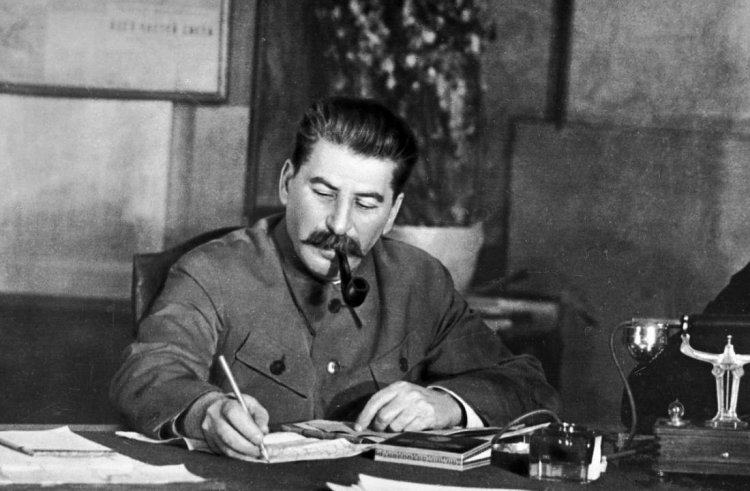
Between 1924 and 1953, Joseph Stalin, a revolutionary from Georgia, held the position of general secretary of the Soviet Union. Stalin, who came from a low-income family in the Gori city, finally joined the Marxist Russian Social Democratic Labour Party, where he met Vladimir Lenin for the first time. Stalin, who joined the Bolsheviks as a full-fledged member, was crucial in the overthrow of Tsar Nicholas II and the establishment of a one-party system in 1917. Stalin's service in the ensuing Russian Civil War won him multiple promotions, which helped him consolidate a significant amount of authority in the years that followed. Stalin took over the Soviet Union shortly after Lenin's passing in 1924 and soon implemented a number of social, economic, and political programs to solidify and secure his newfound position. Stalin became a very well-liked leader among Soviet citizens by mainly relying on his cult of personality, despite the fact that he started enormous repression, ethnic cleansing, deportations, purges, and mass deaths.
Also Read: Top 10 Brutal dictators of world from the pages of history
9. Genghis Khan

Between 1206 through 1227, the infamous Genghis Khan served as the Great Khan and founder of the Mongol Empire. Early in the thirteenth century, Genghis first rose to prominence by uniting the nomadic tribes of Northeast Asia and claiming "universal" sovereignty over the entire Mongol population. Genghis Khan launched the "Mongol Invasions" into Asia (and eventually Europe) not long after he came to power, conquering the great bulk of Eurasia and portions of Northeastern Africa. Genghis Khan was able to start significant social, economic, and political reforms across his seized domains by the time of his death in August 1227. (which ned over 23-million square kilometers in terms of size). Genghis Khan cemented his status as one of the greatest conquerors in history while also being acknowledged as one of the world's worst dictators thanks to the extraordinary amount of death and damage that his mounted troops inflicted.
Also Read: 10 Worst Dictators of All Time
10. Mao Zedong
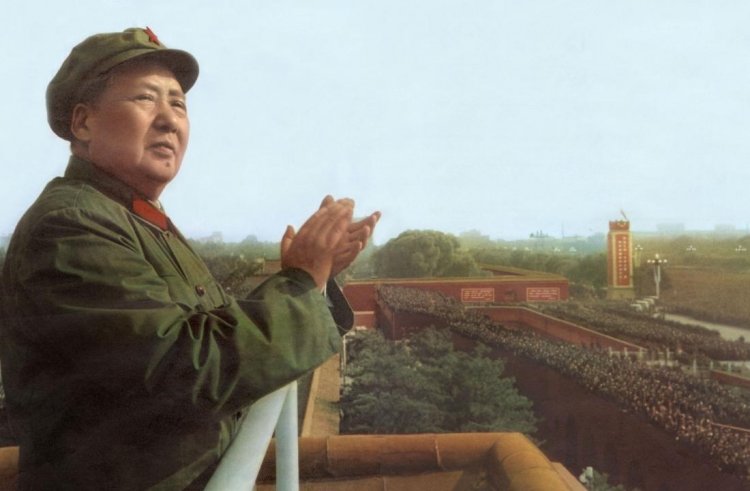
The notorious Mao Zedong is at the top of our list of the worst dictators in history. The People's Republic of China (PRC) was founded by Mao, a Chinese communist revolutionary who also served as its leader from 1949 to 1976. Mao, who adhered to the political philosophy known as Maoism, which was highly influenced by Marxist-Leninist ideas, came out on top after the Second World War and the Chinese Civil War, establishing a one-party system in the years that followed. Mao launched his "Great Leap Forward," "Socialist Education Movement," and "Cultural Revolution" campaigns in an effort to quickly consolidate power and stability for his newly-acquired position. This economic transformation of China's economy from an agrarian to an industrial one was a crucial element of any communist society. Although he later received accolades from a variety of people and organizations for helping China rise to become a major global power, his repressive policies had a catastrophic impact on both human life and persecution.





